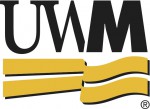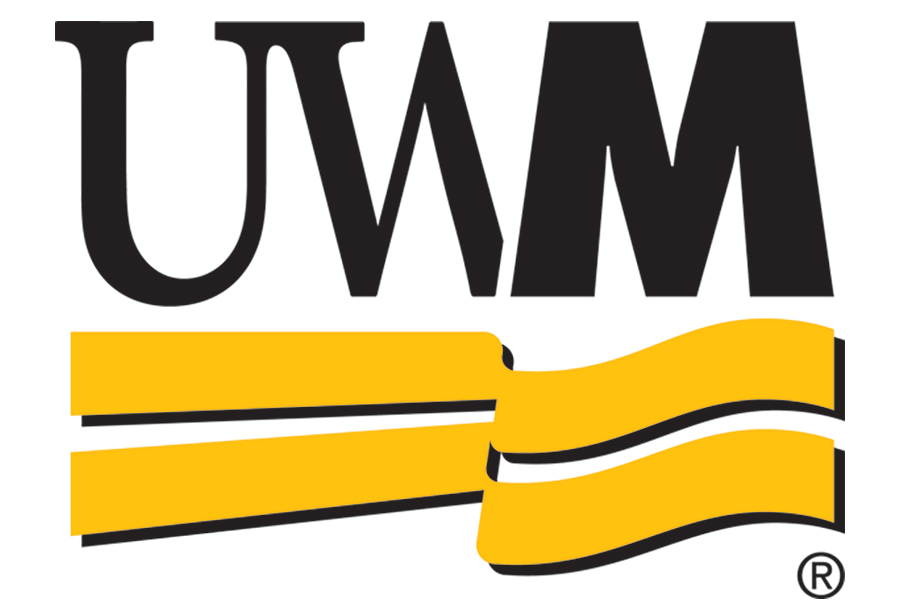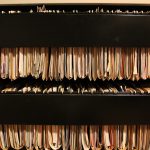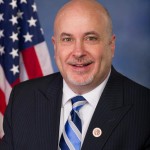UWM scientists to contribute to first-of-its kind scientific imaging effort
MILWAUKEE _ The University of Wisconsin-Milwaukee is a longtime partner on a grant from the National Science Foundation that supports the development of the next generation of X-ray Free Electron Lasers (XFELs) – novel instruments used to unmask phenomena that have never before been observed.
But, because of the XFEL’s kilometer-long size and billion-dollar construction costs, the technology is available at only five facilities globally. The goal of this NSF grant, amounting to $90.8 million, is to build a compact XFEL, or CXFEL, that can accomplish the same tasks but in the space of a single room. The funding was awarded to Arizona State University and 11 collaborating institutions, including UWM.
CXFELs will make the state-of-the-art tool more accessible for use by universities, hospitals and semiconductor manufacturing facilities.
UWM’s role
Many questions in science increasingly focus on understanding changes that happen at the atomic scale that cannot be observed with optical methods, said Abbas Ourmazd, UWM distinguished professor of physics.
To understand UWM’s part of the project, funded at nearly $3 million, it helps to know more about how the technology works:
Then, data from an ensemble of millions of snapshots over time can be mathematically reconstructed into three-dimensional movies of molecular structural changes.
To do this requires powerful machine-learning algorithms developed by a UWM team led by Ourmazd. The machine-learning approach the team developed can extract up to 100 times more information from highly incomplete and noisy XFEL data.
The UWM team includes Professor Peter Schwander, Senior Scientist Russell Fung and Assistant Professor Ahmad Hosseinizadeh.
In addition to analyzing the collected data, the role of the UWM team includes automating and optimizing data collection at the new facility. The project is the culmination of over a decade of collaboration between ASU and UWM, Ourmazd said.
UWM scientists from both the Ourmazd lab and the lab of UWM Professor Marius Schmidt have used XFEL imaging to answer biological questions, such as how proteins accomplish biological tasks inside the body, how photo-sensitive proteins respond to light, and how a virus infects a healthy cell.
This video from ASU explains how the CXFEL will work.
NOTE: This press release was submitted to Urban Milwaukee and was not written by an Urban Milwaukee writer. While it is believed to be reliable, Urban Milwaukee does not guarantee its accuracy or completeness.























Re: UWM scientists to contribute…
This scale-up will detonate a historic explosion in knowledge!
It will definitely help to save and protect us from
the Faucis and Barics of the world, if we can
keep it out of their kind’s hands.
It will really up our game in the battles against
diseases and extinction.
This project is being conducted under the ASU Biodesign Institute.
I think the biosciences at ASU will get a
healthy share of the use of this science.
I hope this is true at the other
10 research centers.
https://biodesign.asu.edu/cxfel/